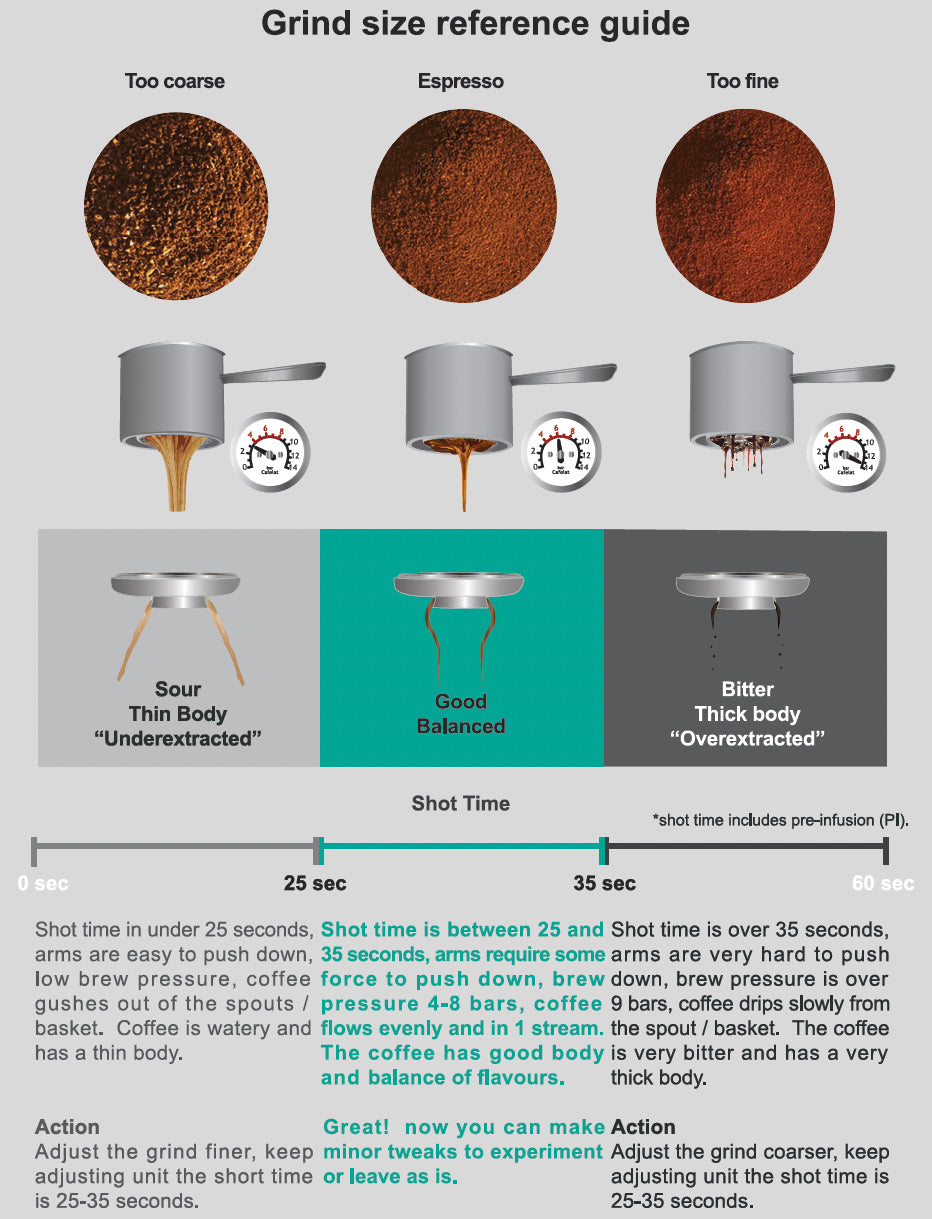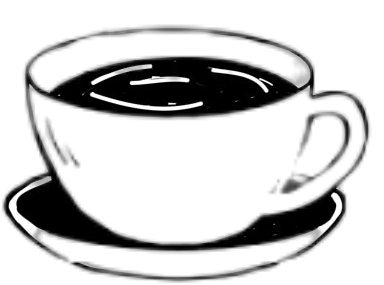As a home barista, perfecting the timing of your espresso extraction can significantly enhance the quality of your coffee. The secret to a superior espresso lies in mastering the balance between timing, grind size, and the overall flow of extraction. Initially, the process may seem complex, but once you understand the nuances, it becomes a highly rewarding part of brewing espresso. Dive into the features and performance in our DeLonghi Magnifica Evo review
Why Timing is Essential in Espresso Extraction
Timing is vital for achieving consistency and unlocking the ideal flavor profile from your coffee grounds. It helps control how much flavor is extracted during the brewing process. Extract too quickly, and you risk under-extracting the coffee, resulting in a sour, sharp, and thin shot. On the other hand, if the extraction drags on for too long, the shot can become over-extracted, leading to bitterness and an unpleasant aftertaste. Learn why this classic model stands out in our DeLonghi Magnifica S review

Two Common Methods for Timing Espresso Extraction
There are two primary approaches to timing your espresso extraction. You can either start the timer the moment the pump is activated or when the first drop of espresso falls into the cup. Personally, I recommend starting the timer as soon as you press the espresso button, as this includes the pre-infusion period, leading to more consistent results. Discover the convenience and technology in our Philips LatteGo 5400 review
Ideal Espresso Extraction Time
The optimal espresso extraction time typically ranges between 25 to 35 seconds. Based on my experience, aiming for approximately 30 seconds generally produces a well-balanced shot. If your espresso pulls in less than 25 seconds, it’s likely under-extracted, resulting in weak and sour flavors. If it takes longer than 35 seconds, the shot might be over-extracted and could taste overly bitter. Explore the compact design and features in our Philips 3200 LatteGo review
Adjusting the Grind Size to Perfect Timing
Grind size plays a pivotal role in the timing of espresso extraction. A finer grind will slow down the extraction, while a coarser grind speeds it up. For example, if your shot pulls too quickly (under 25 seconds), your grind may be too coarse. Conversely, if it takes more than 35 seconds, the grind could be too fine. After experimenting with different settings, I found the ideal grind for my espresso machine, and it made a noticeable difference in the quality of my shots. Get all the details on versatility and functionality in our Philips 4300 LatteGo review
Timing Isn’t Everything: Evaluating Your Espresso
While timing is essential, it’s not the sole factor in crafting a perfect espresso. Taste is the ultimate indicator. A well-extracted shot will have a harmonious balance of sweetness, acidity, and body. If your espresso tastes sour or weak, it’s likely under-extracted, which might mean your grind is too coarse, or your brew ratio needs adjustment. On the other hand, a bitter and dry espresso often points to over-extraction, suggesting a coarser grind or shorter extraction time is needed.
Troubleshooting Common Espresso Extraction Issues
Here are a few tips for troubleshooting espresso extraction:
Under-extraction: If the shot pulls too quickly (under 25 seconds) and tastes sour or flat, your grind may be too coarse. In this case, try grinding finer to slow down the extraction.
Over-extraction: If the shot takes too long (over 35 seconds) and has a bitter, dry taste, the grind is likely too fine. Adjust to a coarser grind to shorten the extraction time.
The Role of Pre-Infusion in Extraction Timing
Pre-infusion, where water is gently applied to the coffee grounds before full pressure is reached, also impacts the timing of espresso extraction. High-end espresso machines often feature automatic pre-infusion, which helps achieve more consistent shots. If your machine lacks this feature, you can manually simulate pre-infusion by briefly starting and stopping the pump. Including pre-infusion in your total extraction time can yield smoother, more balanced espressos.

Experimenting with Brew Ratios
Another key variable in espresso extraction is the brew ratio, which refers to the proportion of coffee grounds to the liquid espresso produced. A common starting point is a 1:2 ratio—for example, 18 grams of ground coffee yielding 36 grams of espresso. I’ve found that tweaking the brew ratio based on the type of beans you’re using can enhance specific flavors.
For lighter roasts, a slightly longer extraction or a lower brew ratio (e.g., 1:2.5) can emphasize fruity and bright flavors. For darker roasts, sticking closer to a 1:2 ratio helps maintain a rich, full-bodied espresso while reducing bitterness.
Tasting and Sensory Evaluation: The Ultimate Guide
In the end, the most important factor in espresso extraction is taste. Timing provides a useful guideline, but it’s your palate that will determine if the shot is truly great. I’ve had shots that extracted perfectly in 30 seconds but didn’t taste right because of the grind or brew ratio. By continuously experimenting with these factors, I’ve fine-tuned my espresso-making process to achieve consistently delicious results.
Mastering espresso extraction takes patience and practice, but by focusing on timing, refining your grind, and tasting each shot, you’ll soon be making café-quality espresso in the comfort of your home.
